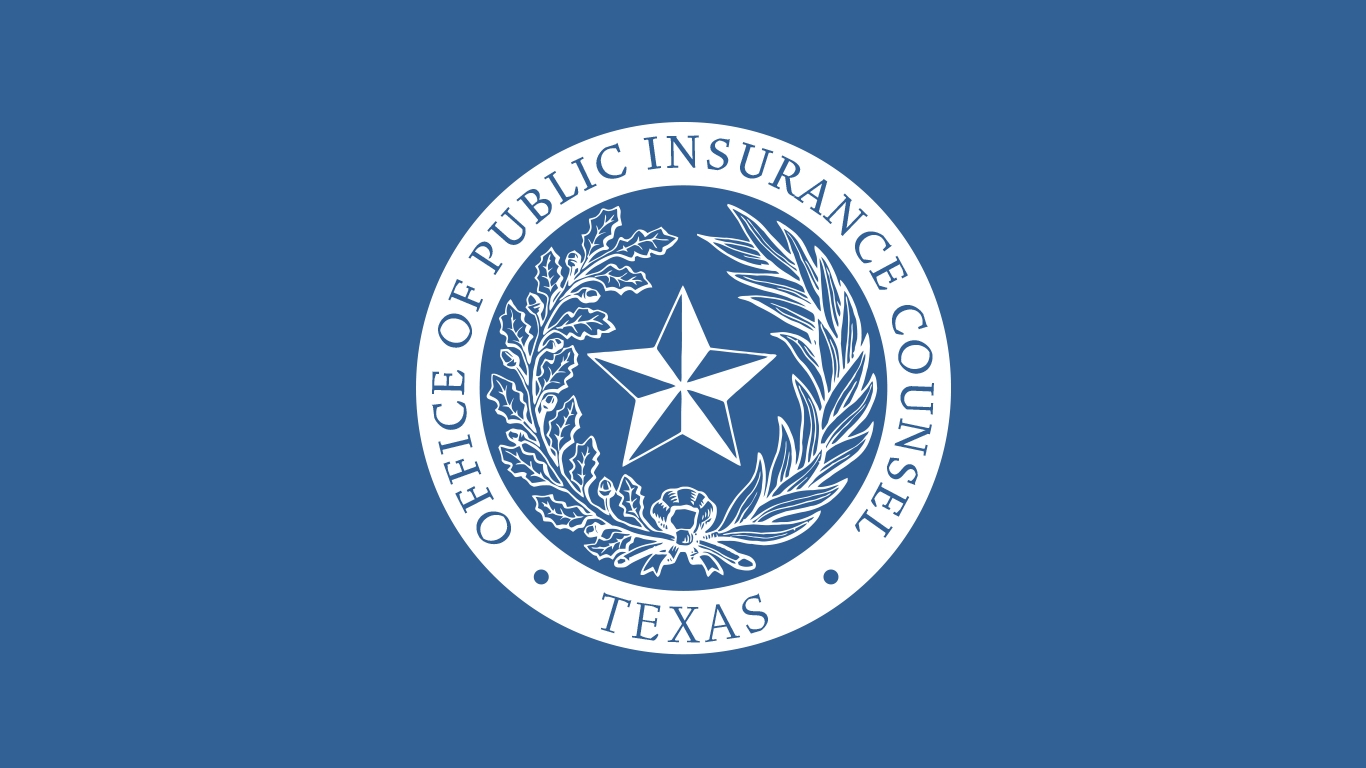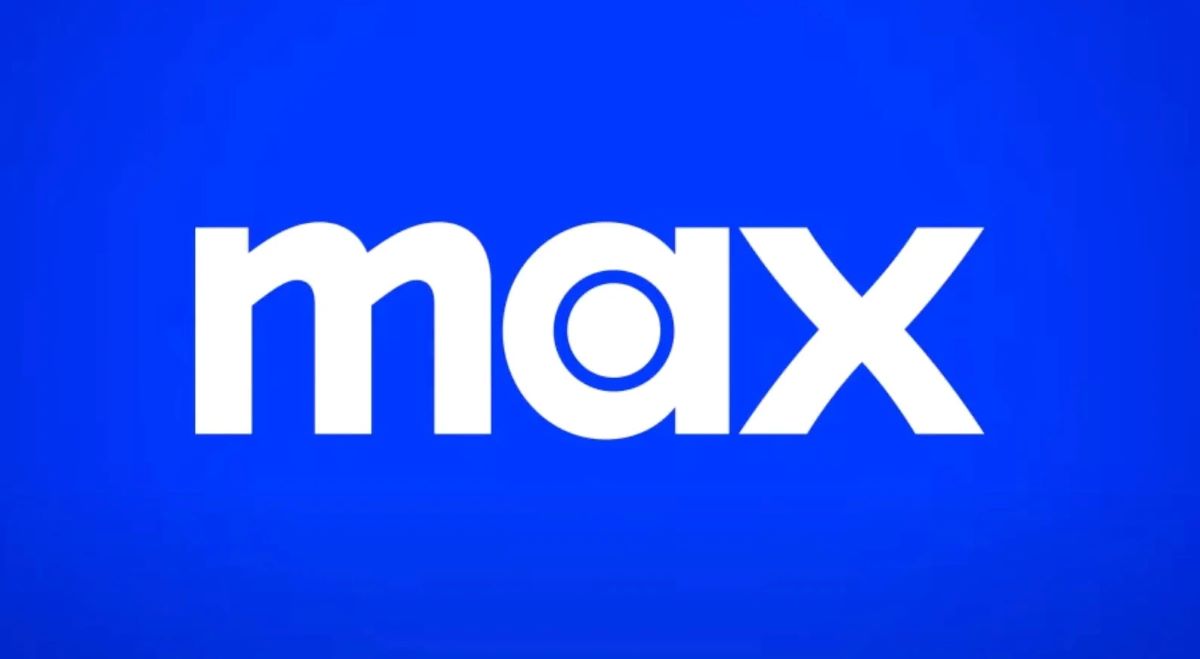Home>Finance>When Does A Free-Look Period Begin On A Life Insurance Policy


Finance
When Does A Free-Look Period Begin On A Life Insurance Policy
Modified: February 21, 2024
Learn about the free-look period for life insurance policies in finance. Understand when this important period begins and how it protects policyholders.
(Many of the links in this article redirect to a specific reviewed product. Your purchase of these products through affiliate links helps to generate commission for LiveWell, at no extra cost. Learn more)
Table of Contents
- Introduction
- Understanding the Free-Look Period
- Coverage and Policy Terms
- Commencement of the Free-Look Period
- Factors Affecting the Start of the Free-Look Period
- Restrictions and Limitations during the Free-Look Period
- Submitting a Free-Look Request
- Consequences of Exercising the Free-Look Option
- Conclusion
Introduction
A free-look period is an important provision in a life insurance policy that allows the policyholder to review the terms and conditions of the policy once it has been issued. During this period, the policyholder has the option to cancel the policy without any penalty or financial loss. This period provides an opportunity for the policyholder to carefully consider their decision and ensure that the policy meets their specific needs and objectives.
Understanding the free-look period is crucial for anyone considering purchasing a life insurance policy. It not only provides a safety net but also empowers policyholders to make informed decisions about their financial future. In this article, we will delve into the details of when the free-look period begins on a life insurance policy and what factors can influence its commencement.
Furthermore, we will discuss the conditions and limitations that may apply during the free-look period, as well as the process of submitting a free-look request. It is important to be familiar with the terms and requirements related to the free-look period to ensure that you are fully aware of your rights and options as a policyholder.
Finally, we will explore the potential consequences of exercising the free-look option and provide some concluding thoughts on the importance of utilizing this period to make an informed decision about your life insurance coverage.
Understanding the Free-Look Period
The free-look period is a specified duration during which a policyholder can review their life insurance policy after it has been issued. It allows the policyholder to carefully assess the terms, coverage, and benefits of the policy before committing to it.
Typically, the free-look period ranges from 10 to 30 days, depending on the insurance company and the jurisdiction in which the policy is issued. This timeframe may vary, so it’s essential to consult the specific policy documents for accurate information.
During this period, the policyholder has the freedom to make changes to the policy, such as modifying the coverage amount or surrendering the policy altogether. If the policyholder decides to cancel the policy within the free-look period, they are entitled to a full refund of any premiums paid.
The primary purpose of the free-look period is to protect the interests of policyholders and ensure transparency in the insurance industry. It allows individuals who may have rushed into purchasing a policy to reconsider their decision and make any necessary adjustments based on their financial circumstances or changing needs.
It is crucial to take advantage of the free-look period to thoroughly review all aspects of the policy. This includes carefully reading the policy documents, including the policy contract, terms and conditions, exclusions, and riders. Take note of any fees or charges that may apply upon cancellation and ensure that the coverage aligns with your specific needs and objectives.
It’s important to remember that the free-look period begins on the policy’s effective date and not the date of purchase. This is a key distinction to keep in mind when calculating the remaining days of the free-look period.
By utilizing the free-look period effectively, policyholders can gain peace of mind and confidence in their life insurance purchase, knowing that it aligns with their financial goals and provides adequate protection for their loved ones.
Coverage and Policy Terms
When considering a life insurance policy, it is crucial to thoroughly understand the coverage and policy terms. This ensures that the policyholder is aware of what exactly is covered, the duration of coverage, and any additional terms and conditions that may apply.
Life insurance policies are designed to provide financial protection to the policyholder’s beneficiaries in the event of their death. The coverage amount, also known as the death benefit, is the sum of money that will be paid out to the beneficiaries upon the policyholder’s passing.
In addition to the death benefit, life insurance policies may also offer other benefits, such as cash value accumulation and the option to add riders or additional coverage features. It is crucial to carefully review the coverage details to ensure that they align with your financial goals and provide the necessary protection and benefits.
The policy terms outline the duration of coverage and any conditions or restrictions that may apply. Some policies may have a specific term, such as a 10-year or 20-year term life insurance policy, while others may offer coverage for the policyholder’s lifetime, known as whole life or permanent life insurance.
Policy terms may also include exclusions, which are specific circumstances or events that may void or limit the policy’s coverage. For example, many policies include exclusions for death by suicide within a certain period after the policy is issued.
It is essential to carefully review and understand these policy terms and exclusions to ensure that you are aware of any conditions that may impact the coverage. This will help you make an informed decision about the suitability of the policy for your specific needs and circumstances.
Assessing the coverage and policy terms during the free-look period allows the policyholder to confirm that the policy meets their expectations and provides the desired level of protection. If any concerns or questions arise during this period, it is advisable to consult with the insurance company or a financial advisor to clarify any ambiguities or seek further information.
By thoroughly understanding the coverage and policy terms, policyholders can ensure that they are making a well-informed decision about their life insurance coverage and take the necessary steps to protect their loved ones financially.
Commencement of the Free-Look Period
After the life insurance policy has been issued, the free-look period begins. The start date of the free-look period is typically the policy’s effective date, which is the date when the coverage becomes active.
It is important to note that the free-look period varies depending on the insurance company and the jurisdiction in which the policy is issued. While most companies offer a free-look period of 10 to 30 days, it is crucial to consult the policy documents to determine the exact duration of the free-look period for your specific policy.
The purpose of the free-look period is to provide policyholders with an opportunity to review their policy in detail and make an informed decision about its suitability. During this period, policyholders are encouraged to thoroughly read and understand the policy contract, terms and conditions, and any additional documents or riders associated with the policy.
It is essential to be aware that the free-look period starts from the policy’s effective date. Therefore, it is crucial to keep track of when the policy becomes active to ensure that you evaluate the policy within the designated timeframe.
During the free-look period, policyholders have the flexibility to modify or cancel the policy without incurring any penalties or financial losses. If the policy is canceled within this period, the policyholder will be entitled to a full refund of any premiums paid.
It is crucial not to delay the review process during the free-look period to ensure that you have sufficient time to assess the policy and make any necessary changes or cancellations. Time is essential, as missing the deadline could result in being locked into the policy with no option for cancellation or modification without incurring penalties.
It is advisable to consult with the insurance company or a financial advisor if you have any questions or concerns during the free-look period. They can provide further guidance and clarification on the policy’s terms and conditions, allowing you to make an informed decision about the policy’s suitability for your needs and financial goals.
By being aware of the commencement of the free-look period and understanding its significance, policyholders can utilize this timeframe effectively to evaluate their policy and make any necessary changes or cancellations to ensure optimal coverage and financial protection.
Factors Affecting the Start of the Free-Look Period
The start of the free-look period is primarily determined by the policy’s effective date, but there are certain factors that can affect when the period begins and how it is calculated. Understanding these factors is essential for policyholders to ensure they accurately assess the policy within the designated timeframe.
1. Policy Issuance Date: The free-look period begins on the policy’s effective date, which is the date when the coverage becomes active. It is important to note that this date may not correspond to the date of purchase, as there can be a delay between the application process and the issuance of the policy.
2. Method of Delivery: The start of the free-look period may vary depending on how the policy documents are delivered. If the policy is physically mailed, the period may commence on the date of the postmark. If the policy is delivered electronically, the start date may correspond to the date of electronic delivery confirmation.
3. State Regulations: Different jurisdictions may have specific regulations regarding the start and duration of the free-look period. It is important to be aware of the laws and regulations in your state or country to determine the exact timeframe available for reviewing and canceling the policy.
4. Work Days vs. Calendar Days: The free-look period may be defined in either work days or calendar days, depending on the insurance company and jurisdiction. Work days typically exclude weekends and holidays, while calendar days include all days of the week. It is important to clarify the specific calculation method to accurately determine the remaining days of the free-look period.
5. Variation by Policy Type: The start of the free-look period may differ for different types of life insurance policies. For example, it may vary for term life insurance, whole life insurance, or universal life insurance policies. Reviewing the policy contract and guidelines specific to your policy type will help clarify the start and duration of the free-look period.
It is crucial to understand these factors and review the policy terms and conditions carefully to ensure that you accurately determine the start and duration of the free-look period. This will allow you to evaluate the policy within the designated timeframe and make an informed decision regarding its suitability for your needs.
If you have any questions or concerns regarding the start of the free-look period, it is advisable to consult with the insurance company or a financial advisor. They can provide the necessary guidance and clarification to ensure that you fully understand the terms and conditions associated with your policy’s free-look period.
Restrictions and Limitations during the Free-Look Period
While the free-look period grants policyholders the freedom to evaluate their life insurance policy and make changes or cancel it without penalty, there are certain restrictions and limitations that should be taken into consideration.
1. Coverage Term: During the free-look period, the policyholder may not have coverage until the period has ended. If any unfortunate event were to occur during this time, the policyholder or their beneficiaries may not be eligible for any death benefit. It is essential to consider this potential gap in coverage when deciding whether to exercise the free-look option.
2. Premium Refunds: If the policyholder decides to cancel the policy during the free-look period, they are entitled to a full refund of any premiums paid. However, any fees or charges deducted from the premiums may be subtracted from the refund amount. It is important to review the policy contract for specific details regarding fee deductions and the process for obtaining the refund.
3. Return of Policy Documents: When exercising the free-look option, the insurance company may require the policyholder to return all original policy documents, including any riders or additional paperwork that was provided. Failure to return these documents within the specified timeframe may result in a delay or denial of the refund.
4. Time Constraints: The free-look period is a limited timeframe, usually ranging from 10 to 30 days. It is crucial to be mindful of this time constraint and ensure that you complete your review and make any desired changes or cancellations within the designated period. Failing to do so may result in being locked into the policy beyond the free-look period.
5. Changes to Policy Terms: While the free-look period allows policyholders to modify their policy, it is important to note that any changes made may result in adjustments to the premium amount or coverage terms. Policyholders should thoroughly review these changes to ensure that they align with their desired coverage and financial objectives.
It is important to carefully review the policy documents and understand any restrictions or limitations that may apply during the free-look period. If you have any concerns or questions, don’t hesitate to reach out to the insurance company or a financial advisor for clarification and guidance.
By being aware of these restrictions and limitations, policyholders can make informed decisions during the free-look period and ensure that they are fully aware of the implications of exercising this option on their life insurance coverage.
Submitting a Free-Look Request
If you have decided to exercise the free-look option and cancel your life insurance policy within the designated period, it is important to follow the proper procedure for submitting a free-look request. While the exact process may vary between insurance companies, the following steps generally apply:
- Contact the Insurance Company: Reach out to the insurance company as soon as possible to inform them of your decision to cancel the policy during the free-look period. You can typically find the contact information on the policy documents or the company’s website.
- Prepare the Necessary Information: Gather all the required information for the cancellation request. This may include the policy number, your personal details, and the reason for the cancellation.
- Complete the Cancellation Form: The insurance company may require you to fill out a specific cancellation form. This form will typically ask for details such as your policy information, the effective date of the policy, and your signature.
- Return the Policy Documents: Along with the cancellation form, you will likely need to return all the original policy documents, including any riders or additional paperwork that you received. Make sure to keep copies of everything for your records.
- Submit the Request: Send the completed cancellation form and the policy documents back to the insurance company within the specified timeframe. It is recommended to use a traceable mailing method, such as certified mail, to ensure that the documents are received and tracked.
- Follow Up: After submitting the free-look request, it is advisable to follow up with the insurance company to confirm receipt of the documents and to inquire about the status of the refund. Keep a record of any communication and receipts for future reference.
It is important to adhere to the specific requirements outlined by the insurance company regarding the free-look request to ensure a smooth cancellation process. If you have any questions or concerns, do not hesitate to reach out to the insurance company’s customer service department for guidance.
Remember that the free-look period has a limited timeframe, so it is essential to initiate the cancellation process promptly to ensure that you are within the designated period and eligible for a full refund of any premiums paid.
By following the proper steps and submitting a free-look request in a timely and accurate manner, you can exercise your right to cancel the policy without any hassle and explore alternative options that better suit your insurance needs.
Consequences of Exercising the Free-Look Option
Exercising the free-look option on a life insurance policy can have certain consequences that policyholders should be aware of before making a decision. While it provides a valuable opportunity to review and reconsider the policy, there are a few considerations to keep in mind:
1. Loss of Coverage: Once you exercise the free-look option and cancel the policy, you will no longer have the life insurance coverage provided by that policy. This means that if any unfortunate event were to occur after the cancellation, your beneficiaries may not receive any death benefit.
2. Refund of Premiums Paid: When you cancel the policy during the free-look period, you are entitled to a full refund of any premiums paid. However, keep in mind that any fees or charges deducted from the premiums may be subtracted from the refund amount. It’s important to review the policy contract to understand the specific refund terms.
3. Loss of Riders or Additional Benefits: If you cancel the policy during the free-look period, any riders or additional benefits that were attached to the policy may also be terminated. These riders may provide additional coverage, such as critical illness or disability benefits. Make sure to evaluate whether any loss of riders will impact your insurance needs.
4. Reapplication Process: If, after exercising the free-look option, you decide to pursue life insurance coverage again, you will need to go through the application process once more. This may include medical underwriting, providing updated information, and potentially facing different premiums based on your age, health, and other factors.
It is important to carefully assess these consequences in relation to your specific situation and needs. Consider alternative coverage options or reach out to a financial advisor or insurance professional to explore other potential solutions if you determine that the current policy is not suitable. Remember that the purpose of the free-look period is to ensure that the policy meets your financial objectives and preferences.
By fully understanding the consequences of exercising the free-look option, you can make an informed decision about whether to proceed with canceling the policy or explore other options that better align with your insurance needs and goals.
Conclusion
The free-look period is a valuable provision in a life insurance policy that allows policyholders to review their coverage, terms, and conditions after the policy is issued. It provides an opportunity to reassess the policy and make any necessary changes or cancel it without penalty. Understanding the intricacies of the free-look period is essential to ensure that policyholders can make informed decisions about their life insurance coverage.
During the free-look period, policyholders should take the time to carefully review the policy documents, including the contract, terms and conditions, and any riders or additional benefits. This thorough evaluation ensures that the policy aligns with their financial goals, offers the desired coverage, and meets specific needs.
It is important to keep in mind that the free-look period begins on the policy’s effective date, not the purchase date. Policyholders should be aware of any factors that may impact the start of the free-look period, such as state regulations, the method of policy delivery, and work days versus calendar days.
While exercising the free-look option grants the opportunity to cancel the policy without penalty, there can be consequences such as loss of coverage and termination of any riders or additional benefits. It is crucial to carefully consider these implications and explore alternative coverage options if necessary.
To exercise the free-look option, policyholders must initiate the cancellation process by contacting the insurance company, completing the necessary forms, and returning all original policy documents within the designated timeframe. Following up with the insurance company ensures a smooth cancellation process and ensures you receive a refund of any premiums paid.
In conclusion, the free-look period is a vital protection for life insurance policyholders, empowering them to review their coverage and make informed decisions. By taking advantage of this period and carefully evaluating the policy, policyholders can ensure that their life insurance coverage aligns with their financial objectives and provides the desired level of protection for their loved ones.
Ultimately, the free-look period allows policyholders to approach their life insurance purchase with confidence, knowing that they have the opportunity to thoroughly review their policy and make any necessary adjustments to meet their specific needs and preferences.














